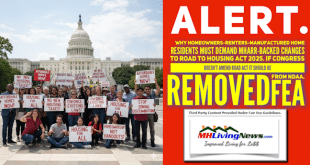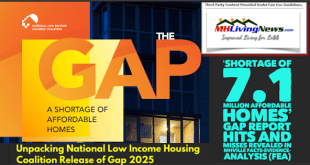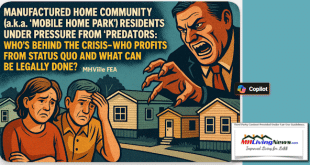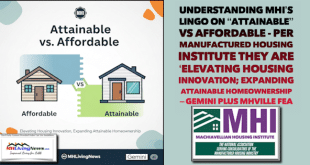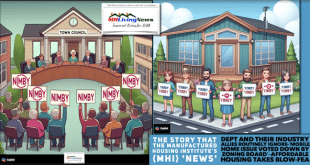“The millennial generation is now the nation’s largest age group, according to the U.S. Census Bureau,” Arkansas State University said in a marketing report. “These young adults, between the ages of 18-34, are digital natives with enormous social influence and purchasing power. Millennials dominate the workforce and the consumer market.”
Realtor ® did a study in the last quarter of 2016, and their research predicts the expected trends in 2017 with this increasingly important demographic group.
National Association of Realtors (NAR) research states that in 2017, more than half of all first-time homebuyers will be a millennial.

“In sharp contrast with 2016, when only 33% of people planning to buy a home were first-time buyers,” said Realtor’s ® writer Cicely Wedgeworth, “52% of buyers with their eye on a home purchase next year will be first-timers. And 61% of those are under age 35.”

“With so many first-time buyers in the market, competition will be even fiercer…for affordable starter homes in the suburb,” said Smoke. “Those looking to buy may want to consider a winter home purchase in order to avoid bidding wars and higher prices spurred by a potential increase in millennial buyers.”

Certain Challenges for Millennials Remain

With a median household income of $40,581, millennials earn 20 percent less than boomers did at the same stage of life. This is true even though Millennials are better educated, according to a new analysis of Federal Reserve data by the Young Invincibles advocacy group.
AP noted that, “The median net worth of millennials is $10,090, 56 percent less than it was for (baby) boomers.”

Because Millennials are more educated, they understand that renters are paying the landlord to own a property, while homebuyers are creating equity for themselves. Savvy Millennials want to be home owners.
The non-profit group Center for Enterprise Development (CFED) has said that home ownership is a key for most Americans to wealth-building.
So how does someone with a more limited income – and less down payment available than their parents had available – afford a good home? CFED says, manufactured homes hold the key, potentially for millions.
“Oh, Shift…”

Many of the challenges and desires of millennials read like a list tailor-made for modern manufactured homes. Greener, more affordable, a choice of sizes, styles and customizable floor plans…
As manufactured homeowner Roger Thompson told Inside MH in a recent video interview, the factory built home option allows buyers to select their home, and where they want that home located.
“Many desire to move from renting to owning, but often struggle to find that a real possibility in the current site-built market. The manufactured housing industry can offer a solution to that problem,” said millennial Lindsey Bostick to MHLivingNews.

“Today’s manufactured homes can look and live like a conventional, site-built house, and can be half the price of new construction. Additionally, many manufactured homes are Energy Star rated, so they are more efficient than older, existing homes,” the university-graduated Bostick said.
Buying a new manufactured home with a warranty on the structure, appliances, heating and cooling systems can cost the same or less than an older existing house that often uses more energy, and may require updates.
2016 reports by award-winning, consumer affairs reporter Jan Hollingsworth have pointed out the safety of today’s manufactured homes. Those reports also corrected-the-record on proper terminology.
As Harold Hunt, Ph.D., with the Real Estate Center of Texas A&M said, contemporary manufactured homes are “not your grandfather’s trailer house.”


“The terminology matters, because the terminology defines the construction standard,” – or lack thereof – says Steve Duke, from the Louisiana Manufactured Housing Association.
Duke knows that there has been no mobile homes built in the U.S. in over forty years, and some 80% of the homes that people call “mobile home,” are in fact HUD Code manufactured homes. Those mobile homes of the past often had minimal standards, but that changed with post 1976-manufactured homes, which are safer, stronger and more energy saving than the trailer houses and mobile homes of yesteryear – besides having more eye-appeal.
“As conventional housing prices and mortgage rates continue to rise, the Millennial generation and others are looking for smart options,” said Bostick, who is being groomed to take over the leadership of production center builder, Sunshine Homes. Bostick told MHProNews that she attended the “University of Alabama at Birmingham to achieve my Business Management degree.”
“Energy consumption is an important factor to many people today, especially the Millennial generation,” Bostick said.” I know the benefits of purchasing a manufactured home because, as a millennial myself, I live in a residential style manufactured home that I purchased last year.” ##
(Image credits are as shown above.)
Submitted by Soheyla Kovach to MHLivingNews.com.
 manufacturedhomelivingnews.com Manufactured Home Living News
manufacturedhomelivingnews.com Manufactured Home Living News



